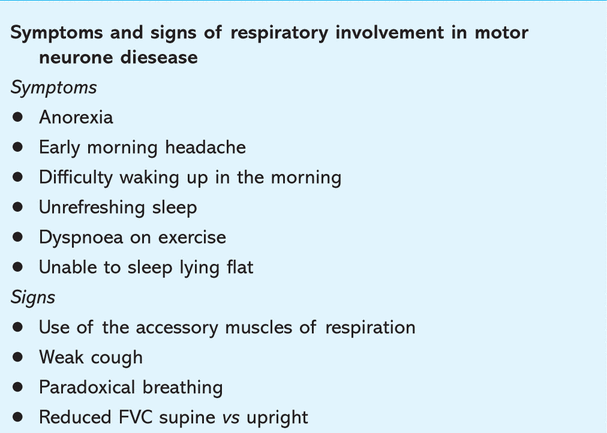
In addition to various other terms made use of by specialists, this page describes why Electric motor Nerve cell Illness is often referred to as Amyotrophic Lateral Sclerosis.
The early degeneration of motor nerves is a quality of various distinct disorders with each other described as Motor Neuron Illness (MND) ( referred to as nerve cells or occasionally neurones). Reduced motor neurons branch outward to feed the muscles in the face, throat, arms, upper body, and also legs, whereas top motor neurons take a trip directly from the brain down the spine. Among the many reasons why each patient's instance of MND is somewhat different is that both type of neurons are regularly associated with the disease, albeit to numerous levels.
The French Neurologist Jean-Martin Charcot is generally acknowledged for offering the first comprehensive descriptions of MND, which were first offered in the mid-late 1800s. He observed that the majority of individuals had the medical characteristic called amyotrophy, which indicates "loss of muscle development" or muscle losing. This is a characteristic of reduced motor nerve cell degeneration. There is nothing naturally wrong with the muscular tissue. Still, it squanders when there is no electric or " dietary" input directly from the reduced motor nerve cell, analogous to a withering leaf when the water directly from a busted branch fails.
The coming down top motor neuron courses from the brain additionally showed damage when Charcot remained to analyze the spines of MND people. This condition is referred to as side sclerosis in medication (literally scarring of the outermost paths of the cable). Damages to these circuits triggers too much reflexes that the neurologist can see during an assessment and also the stiffness that some clients experience (a problem called spasticity).
Both side sclerosis and also amyotrophy are independent processes that can develop because of different other neurological conditions. The mnd symptoms wizard of Charcot was to realise that both methods were happening simultaneously in MND, and Amyotrophic Lateral Sclerosis was what he dubbed it (ALS). There are hardly any various other neurological disorders where both of these processes happen at the same time.
Words MND as well as ALS are regularly made use of mutually given that virtually 90% of MND individuals have the consolidated ALS type of the ailment. Regardless of where the disease initially materializes itself, there is still a substantial variety in exactly how it provides as well as develops among this large ALS populace. With even more research study, it has now become clear that the remaining 10% of people typically show either top electric motor neuron deterioration with little to no muscular tissue losing or reduced motor neuron damages with noticeable rigidity. To reflect each end of a spectrum, the very first group is described as Progressive Muscle Degeneration (PMA), as well as the latter, incredibly rare kind as Main Lateral Sclerosis (PLS). Some of these circumstances, particularly those with PLS, appear to proceed substantially slower.
Neurologists sometimes identify clients of MND in various other methods. One way to identify a disease is by where the signs and symptoms first show up; for example, bulbar-onset MND is made use of to explain signs and symptoms that first show up in the motor nerve cells that control speech and also swallowing, which arise from the brain stem's "bulb." One more subset of MND clients has actually a condition referred to as the "flail arm" range, mainly influencing the shoulder areas. Although the patterns of progression of these supposed "regional phenotypes" share some similarities, no method of category has actually been able to anticipate the training course of the disease for a certain patient with confidence.
Comments on “What identifies MND against Amyotrophic Lateral Sclerosis ?”